During my wanders through the riparian forest of the Otonabee River, I noticed a grove of very handsome pine trees near one of the river’s many dams. The grove of over thirty metre-high trees was thriving amid an understory of invasive plants such as Common Buckthorn, Tatarian Honeysuckle, Dames Rocket and other ground cover. The tall trees were distinctive in their grey-reddish lower trunk and copper-gold flaky upper trunk. This trait alone allowed me to identify the tree: Pinus sylvestris or Scots pine. And, to my chagrin—but not surprise—it too is considered an invasive species in Ontario!
In my upcoming novel “Gaia’s Revolution” about a violent revolution in the 2050s, budding ecologist Leonard Crane describes a thicket of these trees that he and his cousin hide in one morning after being chased by cruel mercenaries:
The outlines of the pine and cedar trees gradually grow more solid as the haze lifts. Torched by the morning sun, the scaly upper trunks of the tall Scots pine glow like copper candles, even as their lower grey trunks remain in shadow. I remember Mom telling me about this tree. It’s an interloper. She told me that the Scots pine was introduced to North America a hundred and fifty years ago to stabilize deforested agricultural lands, because of its hardy nature and ability to thrive in the poor soils of disturbed habitats. Like all invasive species, the Scots pine was invited in; but when it got too successful, it was vilified for the very reason it was brought in. I don’t know why, but I feel sorry for it.
Leonard Crane in “Gaia’s Revolution”
Pines are considered the oldest seed baring plants on the planet. They are believed to have been around in the time of the dinosaurs some 300 million years ago. The Scots pine is known as a pioneer tree, thriving in hostile environments and making their surroundings more hospitable to allow other plants to flourish.
Distribution, History and Habitat of Scots Pine
The Scots pine (Pinus silvestris) is among the most widely distributed conifer species with a natural range from Western Europe (Scotland) to Eastern Siberia, south to the Caucasus Mountains and as far north to the Scandinavian Peninsula in the Arctic Circle. Considered a pioneer species (first colonizer), the Scots pine can regenerate and thrive in poor soils. Partly because of this, Scots pine flourishes in many habitats that include open pine forests and woodlands, rocky hills, eskers, bogs and swamps. This hardy tree can withstand very high and very low precipitation and widely varying temperatures, from Mediterranean soils to permafrost soils. It prefers well-lit, well-drained and sandy soils. It can withstand acidic boggy low-pH soils (as low as 4.0).
Scots pine was among the first European tree species introduced to North America. In the early 1900s, on the recommendations of forestry experts in Europe, it was imported to Ontario to stabilize soils and impede erosion of deforested agricultural lands through planting. It was also planted as windbreaks, where forests were previously denuded. Given its hardy nature, ability to thrive in poor soils and rapid growth, Scots pine is currently a significant species component in many stands contained in municipal and conservation authority forests in southern Ontario. In the 1950s through to the ‘80s, Scots pine plantations emerged in southern Ontario for the Christmas tree industry. When interest died down in favour of other trees, such as balsam fir, many plantations were abandoned but still stand. The stands I ran across were certainly initially planted then left to grow in the riparian strip of the Otonabee River, left to wildness. This relative-shade intolerant species has successfully colonized many disturbed environments and ecotones such as roadsides, old fields and meadows and open woods in Ontario.
Description of Scots Pine & Life Cycle
The Scots pine can grow up to 35 metres and live as long as 700 years. They often develop crooked trunks and irregularly-shaped crowns. The bark is thick, scaly, dark grey-brown on the lower trunk and becomes thin, flaky and orange-brown on the upper trunk and branches.

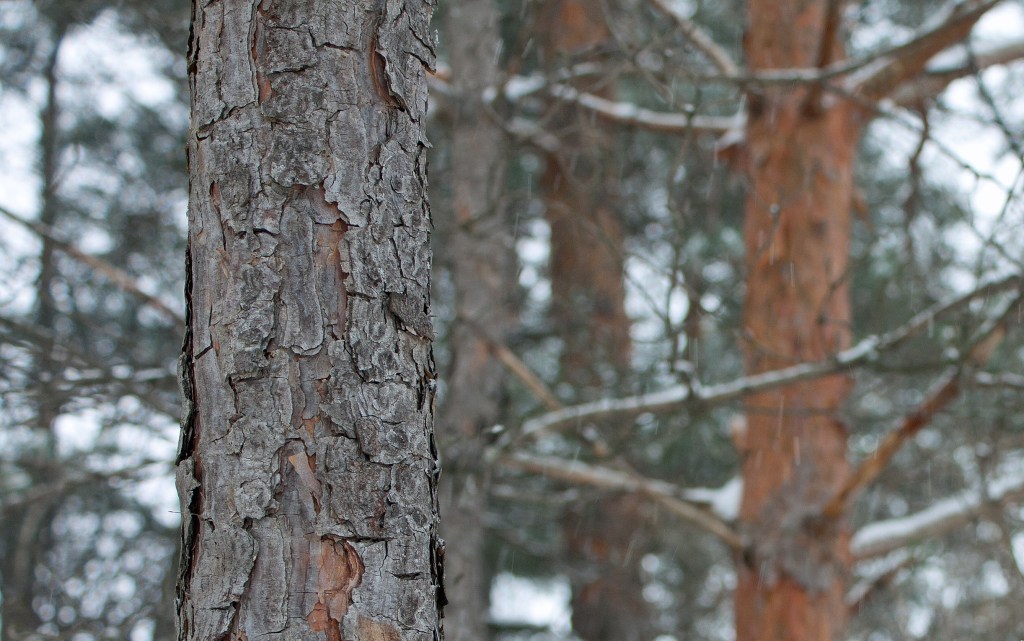
Its greyish blue-green needles (2.5 to 5 cm long) come as a paired bundle and are slightly twisted. This differs from the red pine (Pinus resinosa), whose needles are at least twice as long, not twisted and shiny dark green.
Scots pine is monoecious (it has both male and female flowers on one tree). Male flowers consist of yellow anthers at the base of shoots. Female flowers are smaller, globular, red-purple and grow on the tips of new shoots.
The male cones are yellow or sometimes pink, 8-12 mm long and release pollen in the spring. Once pollinated, female flowers turn green and develop into seed cones. In their first year, seed cones are globular and 4-8 mm in diameter. By the second or third year, seed cones are pointed, ovoid-conic and 3-7.5 cm long. It takes 2-3 years for cones to mature and release their seeds.
Scots pine is good at producing many seeds and the seedlings are hardy growers. They reach reproductive maturity quickly, which allows them to outcompete other native trees such as oak and maple. The seeds mature and cones begin to open in October; most seeds remain with the tree until the next spring after the cone breaks up in the wind, falls to the ground and is eaten by animals—all helping to disperse the seeds.

Harvesting Scots Pine
Before the 18th century, Scots pine timber was called ‘red deal,’ the name ‘deal’ being adopted from an archaic unit of volume used to measure wood. The soft reddish wood of the Scots pine is strong and easy to work with and its heartwood is decay resistant. Scots pine timber is highly valued for making furniture and building various structures. In its natural range in Europe and parts of Asia, the Scots pine is commonly harvested for poles, posts, flooring, paper and construction lumber. The wood is also a source of tar, resin and turpentine.
Health Benefits of Scots Pine
In Finland, the pine is considered the tree of the sun. The tar is used to make lotions and baths to heal skin disorders, wounds, and infections.
Scots pine is particularly valued for its antiseptic action and beneficial effects on the respiratory system. Scots pine possesses anti-inflammatory, antioxidant, and antimicrobial properties that help reduce inflammation (e.g. of upper and lower respiratory tract and to relieve rheumatic and neuralgic pain), treat infections (eliminating fungus and bacteria and treatment of common infections such as cold and influenza), and prevent cellular damage (linked to degenerative diseases).
Essential oil of Scots pine is both a tonic and a stimulant, acting as a decongestant (for the lymphatic system and uterine-ovarian sphere) and as a cortisone-like something. The essential oil is a potent respiratory antiseptic, and active against bronchitis. The essential oil is used in aromatherapy (e.g. as a decongestant for lungs, sinuses, and head as well as allergies, colds, flu and sinus infections) and the plant is used in Bach flower remedies. According to Natural Medicinal Herbs, leaves and shoots are antiseptic, diuretic and expectorant. Seeds are used to treat bronchitis, tuberculosis and bladder infections. My sister who is a wellness expert, says, “I have noticed that pine oil helps enormously when you sniff it often at the beginning of a runny nose.” She uses it on her sore hips and any kind of ache, along with lavender.
This makes sense in so many ways. Scientists in Germany and the UK demonstrated that all trees–including Scots pine–create and release a myriad of atmospheric aerosols—biogenic volatile organic compounds such as alcohols, esters, ethers, carbonyl, terpenes, acids and other compounds— that essentially filter the sun’s radiation; and they do other things we still don’t understand. Terpene aerosols help create clouds and produce an albedo effect, reflecting more sunlight back into space. one large tree, for instance, produces the cooling effect of ten room-sized air conditioners operating 24 hours a day.
All pine trees, including Scots pine, release these secondary metabolites in the form of aerosols (pinenes, terpenes, and limonenes) proven to improve health from relieving asthma to fighting cancer. Scientific studies have shown that such aerosols boost our immune system, lower blood pressure, reduce stress, improve mood, accelerate recovery from illness, increase energy levels, improve sleep and increase our ability to focus. Many have antifungal and antibacerial properties. “These substances are at the heart of connectivity in nature,” says plant chemist Diana Beresford-Kroeger.
Mythology on Scots Pine
Scots pine, and pine generally, has a long and rich history in mythology. In Finland, the pine is considered the tree of the sun; it reaches high toward the sun with the help of its steady roots. Tar made from pine wood plays an important role in traditional folk medicine in Finland. One of the main characters in Finland’s national epic Kalevala, a healer called Väinämöinen, used pine wood to heat up a health sauna. The story tells that tar is Väinämöinen’s sweat.
According to Treesforlife, the ancient Egyptians buried an image of the god Osiris in the hollowed-out centre of a pine tree. As a symbol of royalty, the pine was associated with the Greek goddess Pitthea. The Scots pine was a symbol of durability and used as a badge for several clans in Scotland. The Scots pine groves or “shaman forests’ scattered over the grasslands of eastern Siberia were sacred to the Buriats–a Mongolian people who lived near Lake Baikal. These pine groves were entered with reverence, respectful of the gods and spirits of the wood.
Druids lit large bonfires of Scots pine at the winter solstice to celebrate the passing of the seasons and to draw back the sun and fertilise the land for the coming crops. Together with the yew tree, the Scots pine was one of the twins of the Winter Solstice. The yew represented the death of the old and the pine embodied the birth of the new. The trees were also decorated with lights, covering them in ‘stars’ representing the Divine Light.
In the Highlands, Scots pine marked burial places of warriors, heroes and chieftains. Further south, where they were less common, the Scots pine was used to mark ancient trackways and crossroad.
Treesforlife write that near Aberfolye “there is a Scots pine known as the Fairy Tree. Legend has it that the Reverend Robert Kirk was abducted by fairies in 1692. His spirit is said to remain in this ancient tree.”
Scots Pine Considered Invasive in Ontario
Ironically, after all that planting, the Province of Ontario now considers the Scots Pine invasive. They argue that this hardy tree has invaded many sensitive ecosystems including oak savannas, tall grass prairies and sand dunes.
Ontario Invasive Plants writes:
The aggressive and early growth of Scots pine gives it a competitive advantage against native tree species including black cherry (Prunus serotina), red maple (Acer rubrum), sugar maple (A. saccharum), American beech (Fagus grandifolia), quaking aspen (Populus tremuloides), black oak (Quercus veluntina) and eastern white pine (Pinus strobus). When competing for establishment, Scots pine quickly forms a dense mat of seedlings that crowd out native tree species. Scots pine not only dominates above ground growth, but also spreads its roots below ground, further crowding out native species. The dominance of Scots pine over other species leads to a reduction in biodiversity.
This appeared to be the case in the two Scots pine stands I encountered along the riparian urban forest of the Otonabee River in Peterborough; undergrowth was thick with Common Buckthorn and Tatarian Honeysuckle and little else.
As I mentioned in a previous article on invasive species, the places where I am finding Scots pine locally (off the Rotary Trail in Peterborough) are disturbed urban forest environments: scrub forest of abandoned meadows or previously planted pine stands with encroaching scrub—all consisting of invasive species such as Common Buckthorn, Black Locust, Tatarian Honeysuckle, Dames Rocket, Periwinkle, Bull Thistle, Dog Strangling Vine, Wood squill, and others. It has become a kind of joke for me: in my walks through the Otonabee River’s riparian forest, if I run across a species I’m not familiar with and wish to identify, I just peruse Ontario’s invasive species list and I usually find it there. While this made me a little sad at first, I also came to realize that it also made so much sense. The forests near me are far from wild and pristine; they lie embedded within some form of human development, whether abandoned farmland or vacant lot. They are urban forests.
And, to be utterly frank, virtually all urban forests are disturbed ecosystems: altered, often over-simplified environments that lack sufficient bio-diversity and complexity to be fully functional and resilient ecosystems, and therefore a haven for non-native invasive species that take advantage of failing niches and flourish (for now) because they lack natural checks.
Climate change aside, with increasing human development and disturbance, ecosystems will continue to change and adapt. One way is through species migration, loss of some and encroachment of others. Attempts to eradicate one or several invasive species seems a naïve approach, given that these invaders are just one symptom of a much larger ailment: habitat disturbance and over-simplification.
If the City were to attempt to eradicate all identified invasive species from its urban forests, there would be no forests left.
Definitions of An Urban Forest
Most definitions of urban forest adopt a corrupt version of “forest” to encompass the entire urban environment. This ranges from a single street tree to a woodlot of an urban or peri-urban area. I find this definition faulty and over-simplified, given that it does not clearly recognize the term “forest” as a functioning complex ecosystem that relies on connectivity and relationship. Most definitions regard a forest simply as a collection of trees:
“A collection of trees that grow within a city.”—Para Space Landscaping
A forest or collection of trees that grow within a city, town or a suburb. As opposed to a forest park, whose ecosystems are also inherited from wilderness leftovers, urban forests often lack amenities like public bathrooms, paved paths, or clear borders—Wikipedia.
“The trees and shrubs in an urban area, including trees in yards, along streets and utility corridors, in protected areas, and in watersheds. This includes individual trees, street trees, green spaces with trees, and even the associated vegetation and the soil beneath the trees.”—Cities4Forests
“Woodland, parks, gardens, street and square trees, and other green areas within urban agglomerations (here collectively identified as urban greenspace)”—Konijnendijk et al, 2006
“Trees, forests, greenspace and related abiotic, biotic and cultural components in areas extending from the urban core to the urban-rural fringe.”—Canadian Urban Forest Strategy (CUFS), 2019-2024
Unfortunately, such loose definitions, which exclude ecosystem functionality in describing an “urban forest,” only help to promote mismanagement through lack of understanding. Forests must be viewed by managers as complex functioning ecosystems, not just a collection of trees.
“Forests aren’t simply collections of trees,” argues Suzanne Simard, forest ecologist at the University of British Columbia. We should not confuse ‘trees’ with ‘habitat’. Trees are NOT a forest. Trees only provide major ecosystem services through community and ‘habitat’ as a forest. Intact functioning forests include so much more than trees, such as mosses, fungi, soil and litter, decaying organic matter, undergrowth, insects and other life that together contribute and maintain a functional ecosystem. The complex processes and interactions of this community reach way beyond the forest. These include water and nutrient cycles, and climate.
For more information on how Ontario interprets the invasive nature of the Scots Pine see the report by the Ontario Invasive Plant Council.
References:
Bartholomew, Alick. 2010. “The Spiritual Life of Water”. Park Street Press, Rochester Vermont. 338 pp.
Beresford–Kroeger, Diana. 2003. “Arboretum America: A Philosophy of the Forest.” University of Michigan Regional. 214 pp.
Deneke, F. (1993). Urban Forestry in North America: Towards a Global Ecosystem Perspective. pp 4-8. In G. Blouin & R. Comeau (Eds.), Proceedings of the First Canadian Urban Forests Conference May 30- June 2, 1993. Winnipeg MB. 151 pp.
Jorgensen, E. (1974). Towards an urban forestry concept. Proceedings of the 10th Commonwealth Forestry Conference. Ottawa, Canada; Forestry Service.
Konijnendijk, Cecil C. et. al. 2006. “Defining urban forestry—a comparative perspective of North America and Europe” Urban Forestry & Urban Greening 4(3-4): 93-103.
McGrath, Matt. 2014. “Smell of forest pine can limit climate change.” BBC, February 26, 2014.
Ontario Invasive Plant Council.2017. “Scots Pine: Best Management Practices in Ontario.” 37pp.
Robbins, Jim. 2012. “The Man Who Plants Trees”. Spiegel & Grau, New York. 256 pp.
Spracklen, Dominick V., Boris Bonn, and Kenneth S. Carslaw. 2008. “Boreal Forests, Aerosols and the Impacts on Clouds and Climate”. Phil. Trans. R. Soc. A 366: 4613–4626.

Nina Munteanu is a Canadian ecologist / limnologist and novelist. She is co-editor of Europa SF and currently teaches writing courses at George Brown College and the University of Toronto. Visit www.ninamunteanu.ca for the latest on her books. Nina’s bilingual “La natura dell’acqua / The Way of Water” was published by Mincione Edizioni in Rome. Her non-fiction book “Water Is…” by Pixl Press (Vancouver) was selected by Margaret Atwood in the New York Times ‘Year in Reading’ and was chosen as the 2017 Summer Read by Water Canada. Her novel “A Diary in the Age of Water” was released by Inanna Publications (Toronto) in June 2020.
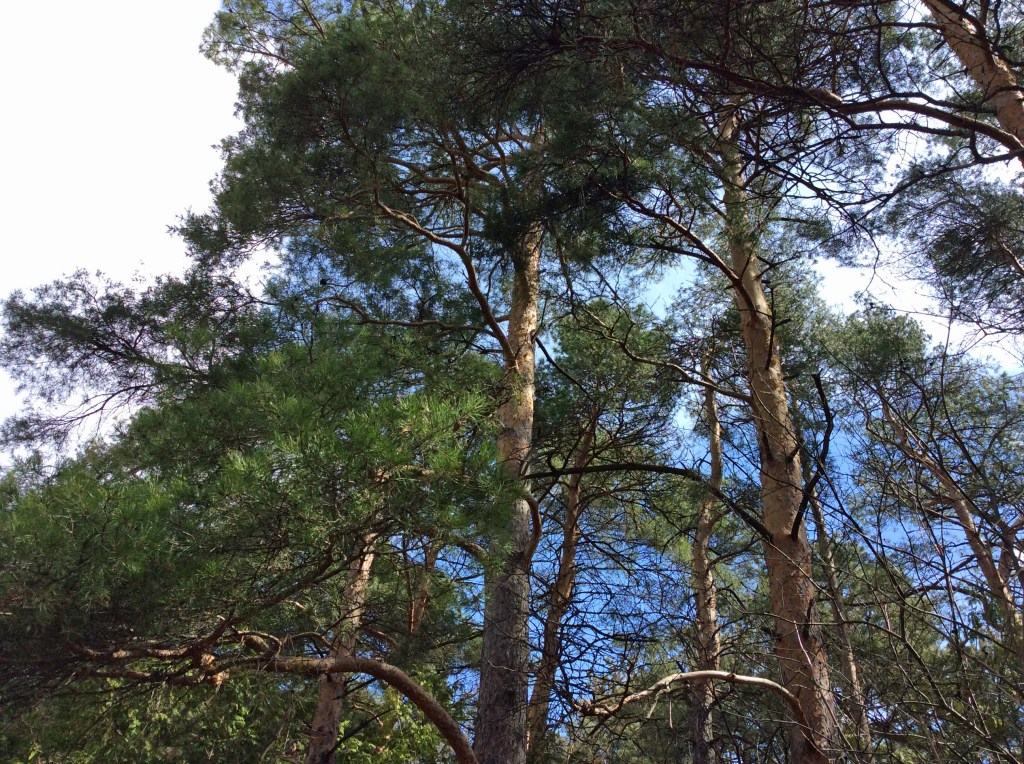


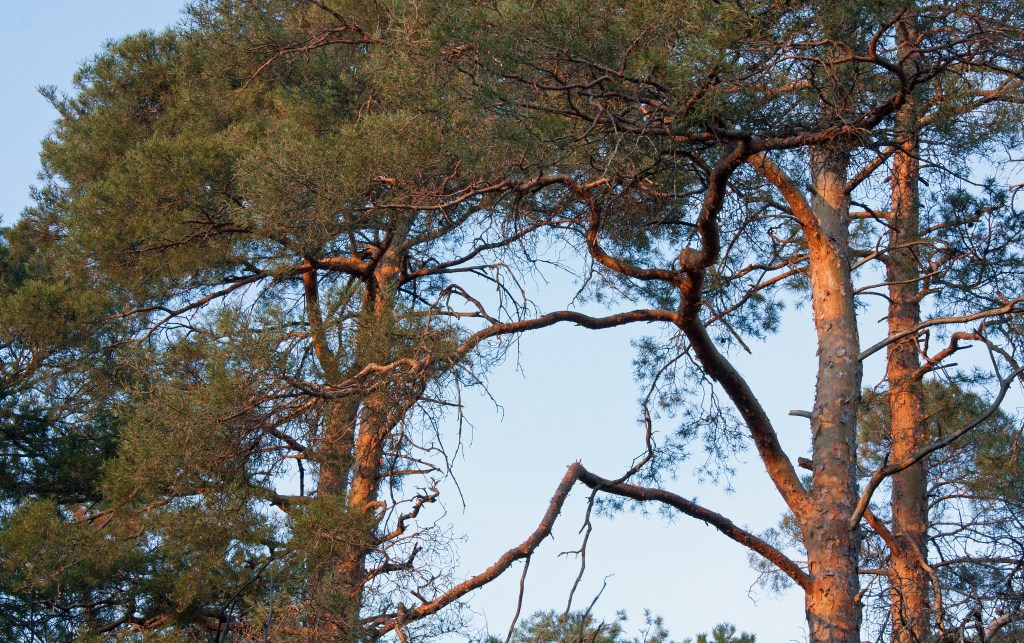




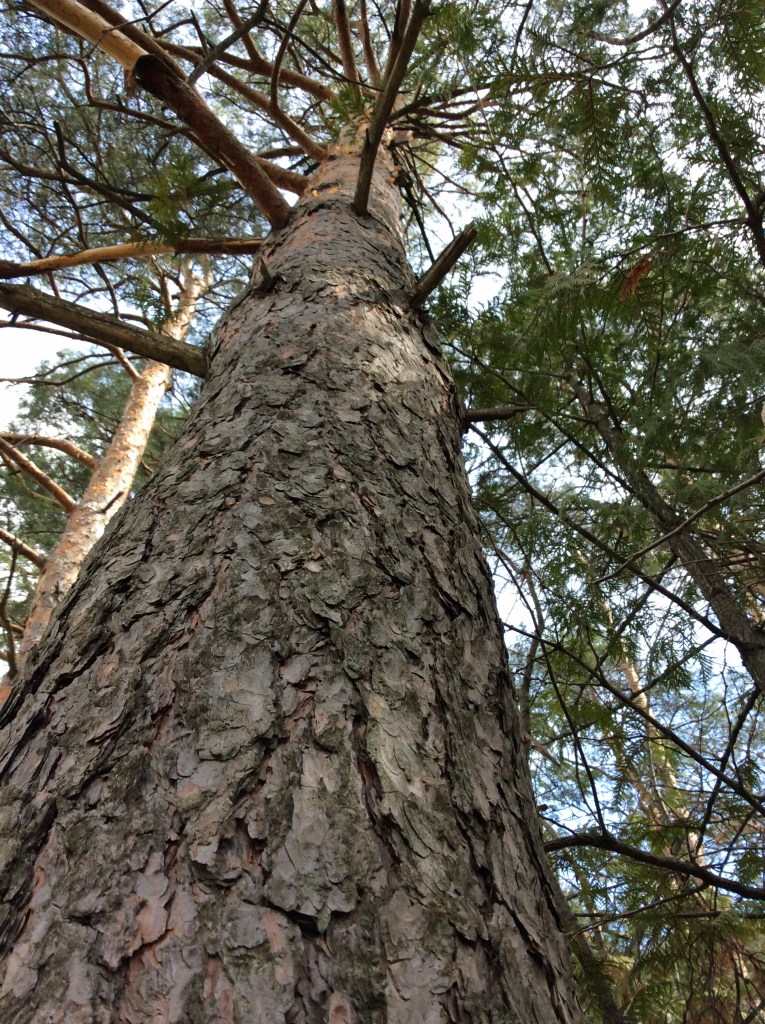

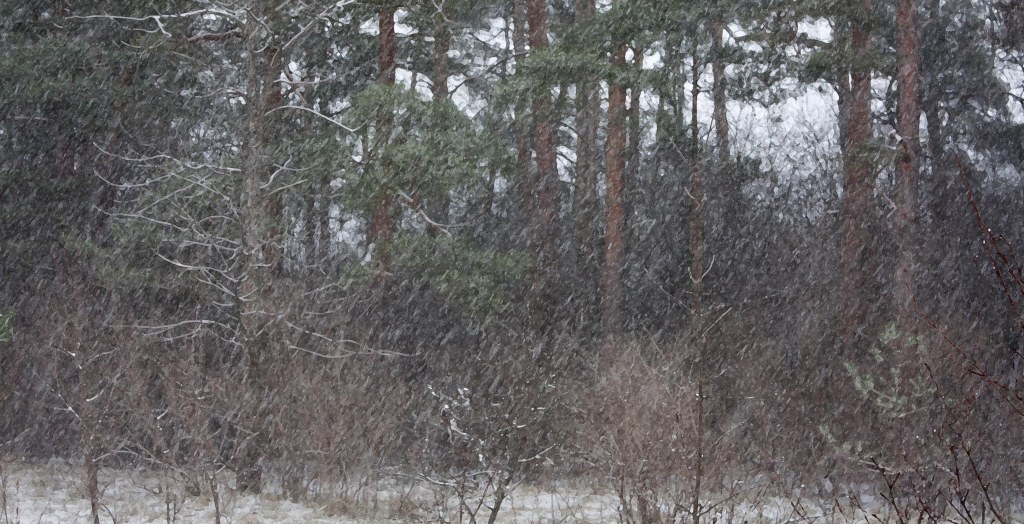
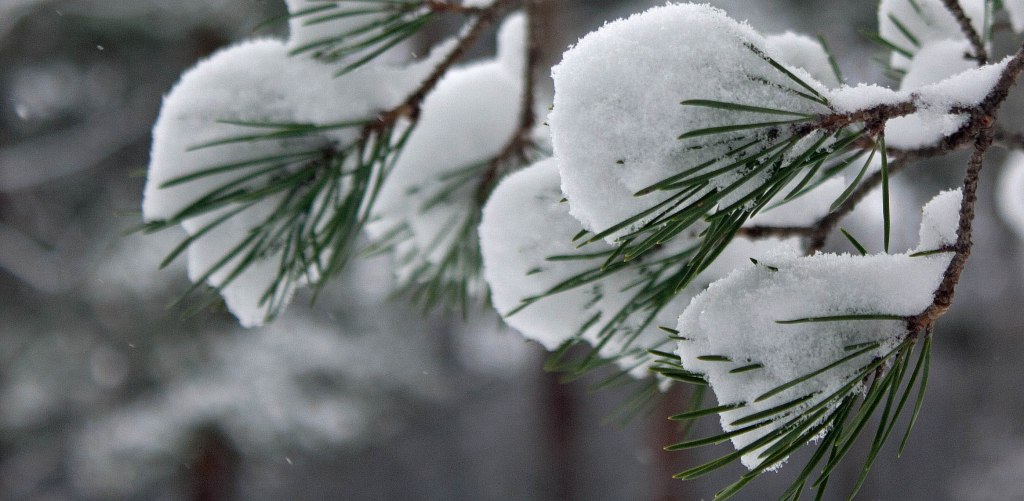
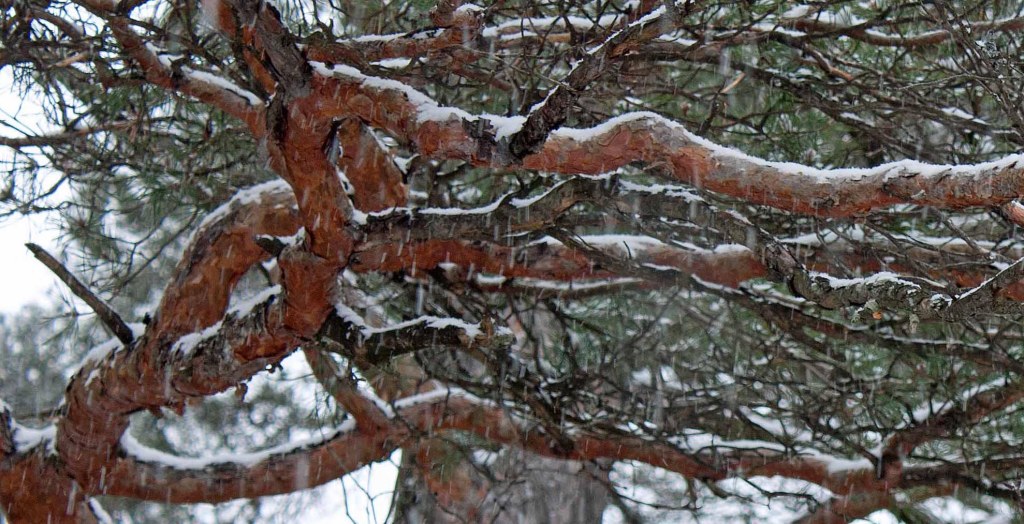
Well-written post! It’s informative and captivating. I invite you to visit my webpage for insightful content . Your post has inspired me to delve deeper into these subjects. Keep up the excellent work!
LikeLiked by 1 person
Thanks for your comment. I will certainly visit your webpage as well. Best, Nina
LikeLiked by 1 person
Yeah sure, i will be glad to see you there 😊
LikeLiked by 1 person